How to distinguish between Niji no Tama, Otome Heart, and Yachiyo
Last Update :2024.11.13
Article Catalog
Distinguishing method one: look at the color of the leaves
Distinguishing method two: look at the length of the leaves
Distinguishing method three: plant classification
The difference between Niji no Tama, Otome Heart and Yachiyo can be seen from the color of the leaves. Otome Heart leaves are covered with fine white powder, Niji no Tama is emerald green with bright skin and no white powder, and Yachiyo has no white powder all over the body; also see In terms of leaf length, the leaves of Rainbow Jade are the smallest among the three, and they vary in length.
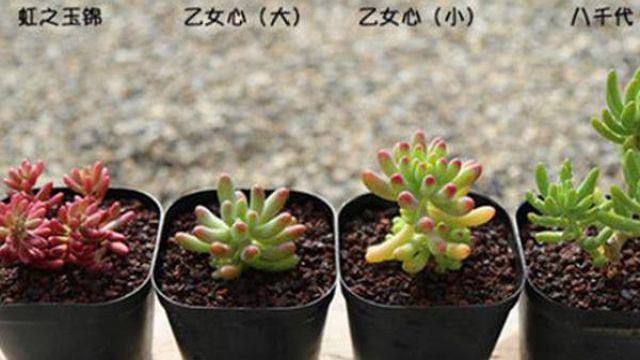
Distinguishing method one: look at the color of the leaves
Distinguishing method one: look at the color of the leaves
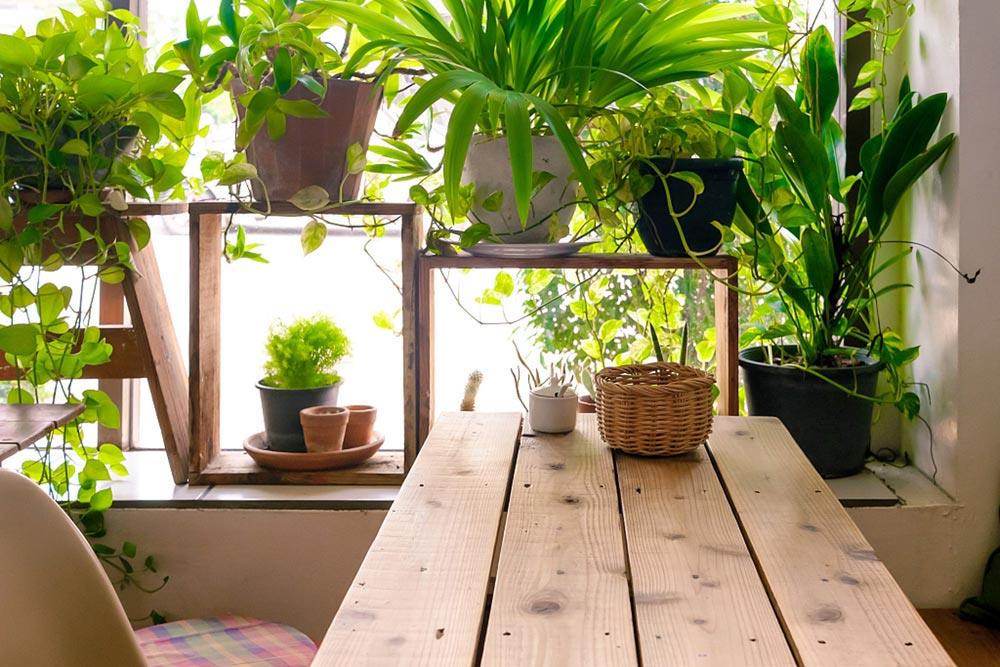
Otome Heart: The leaves are covered with fine white powder, and the old leaves become smooth after the white powder falls off. The head is big and the bottom is small. The leaves slowly turn red under strong light and a large temperature difference between day and night or during the low temperature period in winter, and the leaves turn slightly pink to deep red. In low light, the leaves are light green or dark green, and the leaves are elongated.
Hongzhi Jade: Emerald green, bright skin, no white powder, turns to reddish brown under sufficient sunlight, with light yellowish red florets.
Yachiyo: Emerald green, no white powder on the whole body. The surface is bright, and the leaf tips will turn red under sunlight, but the leaves will remain green.
Difference method two: look at the length of the leaves
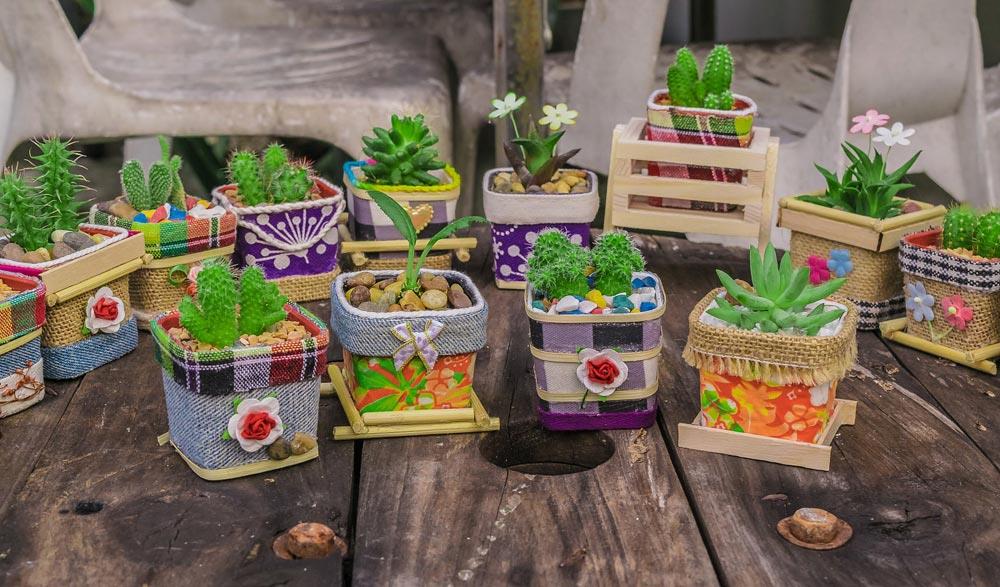
Otome Heart: The leaves are longer.
Yachiyo: The leaves are small and thin, and the length is relatively stable.
Hongzhi Jade: The leaves are the smallest among the three and vary in length.
Distinction method three: plant classification
Otome heart: a succulent plant of the genus Sedum in the family Crassulaceae, native to Mexico, and a shrub-like succulent plant. The plant height is 30 cm and the plant width is 20 cm. The leaves are born on the top of the stem, cylindrical, light green or light gray-blue, with red tips, and the leaves are 3 to 4 cm long. Flowers are small, yellow, blooming in spring.
Yachiyo: Crassulaceae and Sedum are perennial succulent plants, also known as succulents. They are native to Mexico and like warm, dry and sunny environments. The plants are small shrubs, 20-30 meters tall. cm, much branched. The leaves are loosely clustered at the top of the branches. They are fleshy, cylindrical, with a flat surface, slightly curved upward and inward, and a blunt tip. The leaves are 3-4 cm long and about 0.6 cm thick. They are gray-green or light blue-green in color, with a White powder. Under sunny conditions, the leaf tips turn red, especially in cool seasons.
Hongzhiyu: A succulent plant of the genus Sedum of the Sedum family, also known as a succulent plant. It originates from Mexico and is also known as eardrop grass and corn kernels. Perennial succulent herb. Plant height 10-20 cm, many branches. The fleshy leaves are enlarged and alternate, cylindrical to oval, 2 cm long, green, with bright epidermis, no white powder, turning to reddish brown under sufficient sunlight, and the florets are light yellowish red.
Distinguishing method two: look at the length of the leaves
Distinguishing method three: plant classification
- END -
How to grow peacock grass
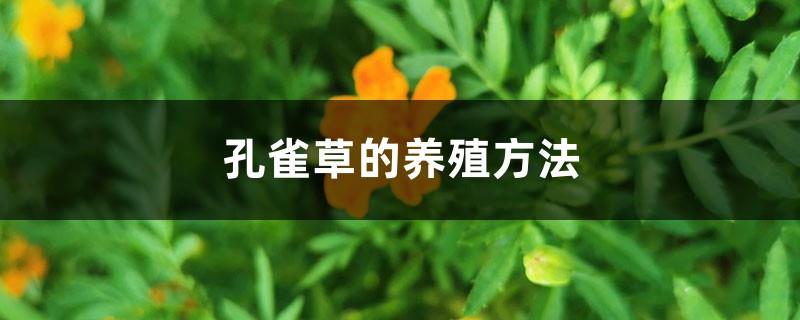
Cultivation temperature: The indoor temperature should be around 10-30℃, and the ...
Bupleurum cultivation methods and precautions
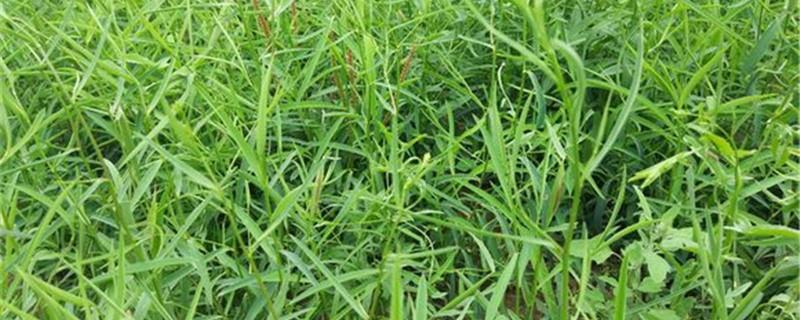
Soil: Suitable for planting in loose, breathable, well-drained loam, sandy loam, a...